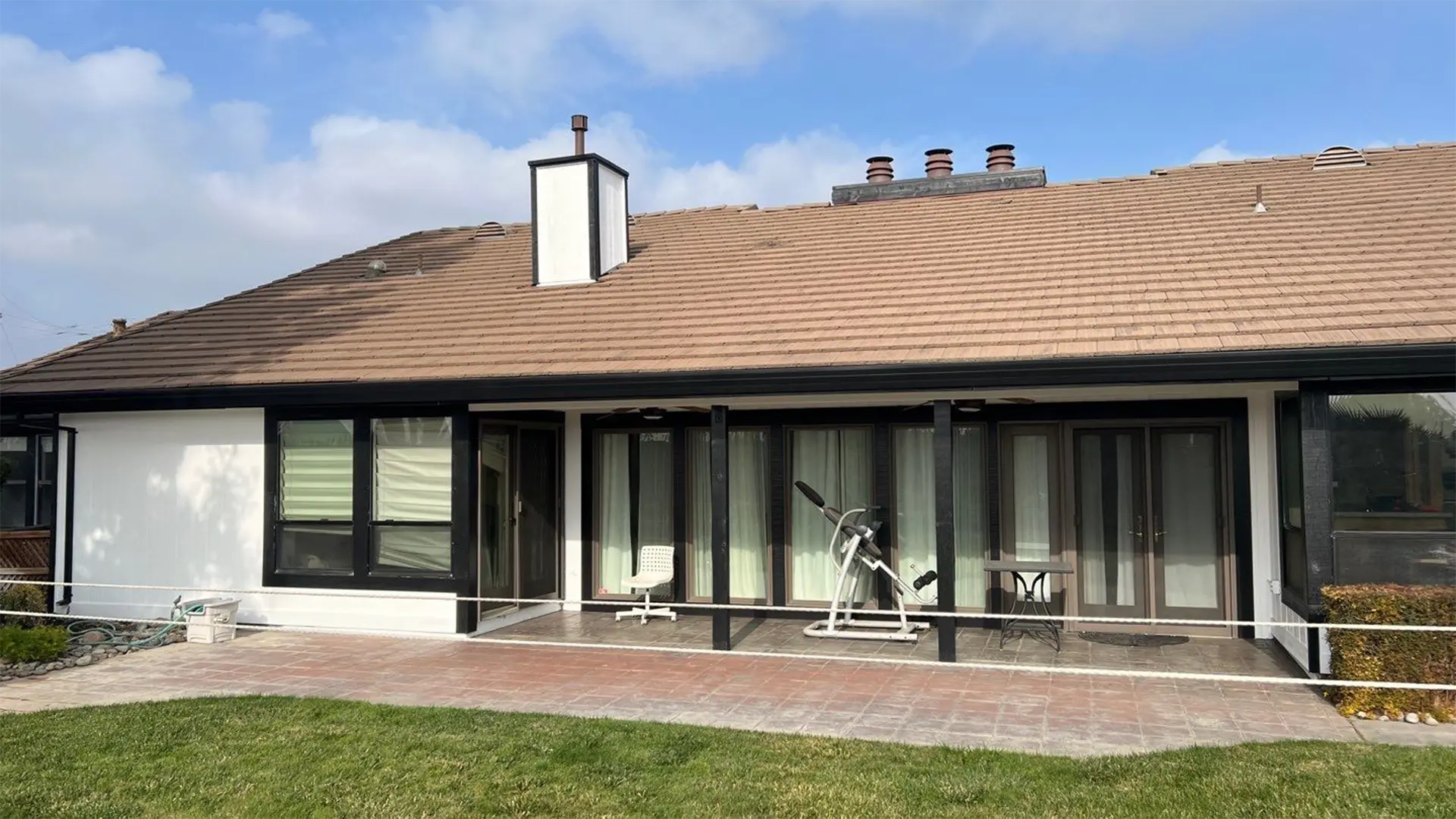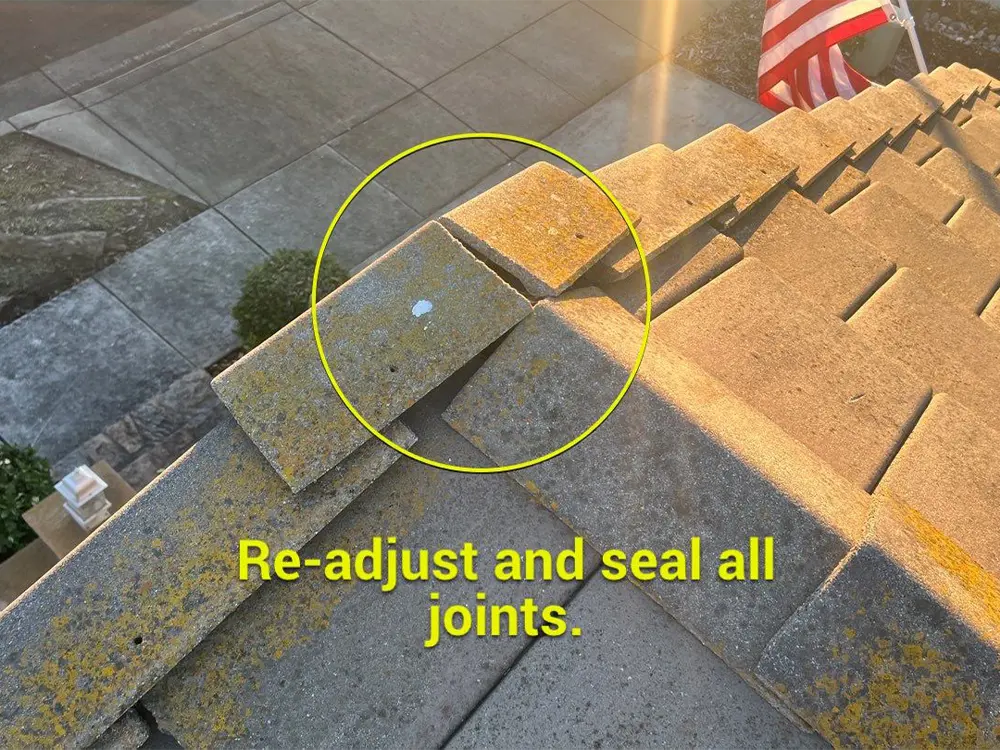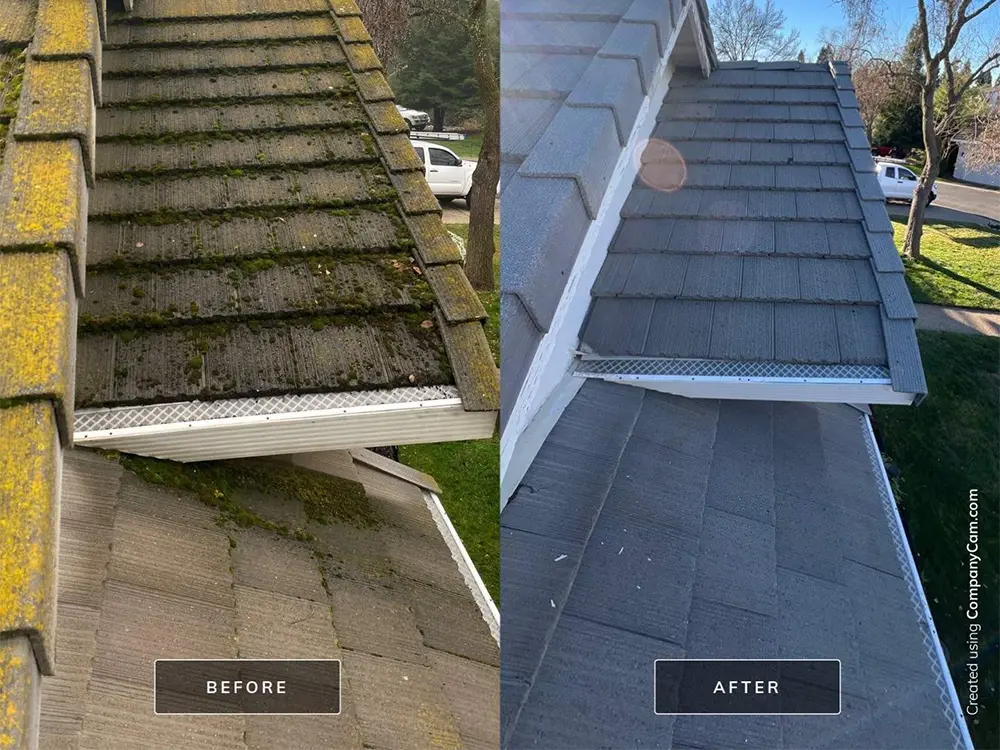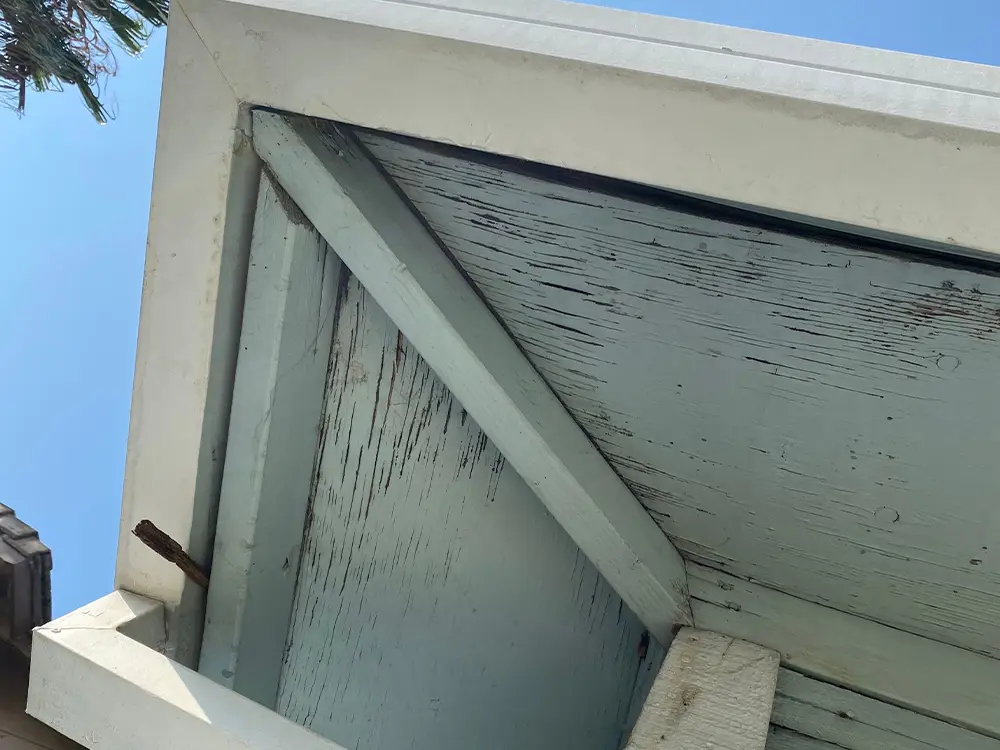1. Replacing Broken Tiles and re-adjusting slipping tiles.
Over time, tiles can crack or can slip out of place due to weather exposure, foot traffic, or settling of the structure. Damaged, missing, and slipping tiles can compromise the underlying roofing materials potentially leading to leaks and damage to the exterior and interior of your home. Replacing broken tiles and re-adjusting those that have shifted helps maintain the roof’s integrity and prevents costly repairs down the line. 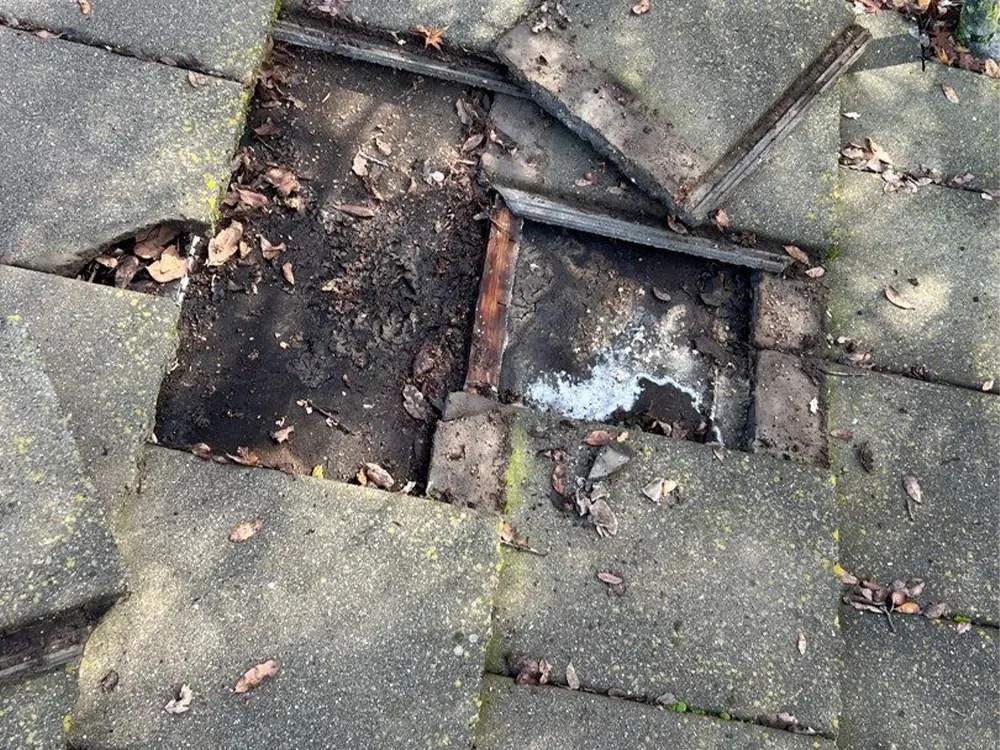
2. Cleaning out all valley, wall, and penetration flashings.
Flashings are sheet metals installed at roof intersections, penetrations, and transitions to direct water away from vulnerable areas and prevent leaks. Over time, debris such as leaves, dirt, and moss can accumulate in these areas, obstructing water flow and causing water to back up under the tiles. Regular cleaning of valley, wall, and penetration flashings ensures proper drainage, reduces the risk of leaks, and helps maintain the integrity of the roof system.
3. Re-applying new seals at ridge, hip, and fascia joints, and rubber collars.
Roof mastic, commonly used to seal joints at ridges, hips, and fascia areas, plays a crucial role in preventing water intrusion. However, constant exposure to the elements—such as UV rays, temperature fluctuations, and moisture—can cause the mastic to crack, shrink, or deteriorate over time. Similarly, rubber collars around pipe penetrations can degrade, becoming brittle and losing their flexibility, which may lead to leaks. Regularly inspecting and reapplying fresh seals or installing lead flashings to these areas helps maintain a watertight barrier, ensuring the longevity and performance of the roof system.
4. Cleaning off moss.
Moss growth on roofs occurs in areas that receive less sunlight, creating damp conditions where moss and algae thrive. Moss growth on a concrete tile roof can lead to serious drainage issues if left unchecked. Over time, heavy moss can detach and accumulate in roof valleys and gutters, creating obstructions that prevent proper water runoff and increase the risk of leaks. Additionally, moss can become embedded in the channels of roof tiles, restricting water flow and causing it to back up under the tiles. Regular moss removal helps maintain efficient drainage, prevents potential water damage, and preserves the overall integrity of the roofing system.
5. Cleaning out gutters.
Gutters play a vital role in directing rainwater away from the roof and foundation of the home. Over time, they can become clogged with leaves, dirt, and other debris, leading to water overflow that can damage the roof, fascia, and even the home’s foundation. Clogged gutters can also contribute to water backing up under the roof tiles, increasing the risk of leaks and structural issues. Regularly cleaning out gutters ensures proper water drainage, prevents potential damage, and extends the lifespan of both the roofing and gutter system.
6. Replacing Dry-rot.
Dry-rot is a common issue that affects fascia boards and other wooden components of a concrete tile roof, especially when they are exposed to constant sunlight and lack proper paint or sealant protection. When dry-rot occurs, the wood loses its structural integrity, becoming weak and brittle. In the case of tile roofs, dry-rotted fascia boards can no longer hold nails securely, causing rake tiles to loosen and potentially fall from the roof. Addressing dry-rot promptly by replacing damaged wood and applying a protective coating helps prevent further deterioration and ensures the stability of the roof system.
7. Addressing Improper Roof Installation Techniques
During the construction phase of a new home, the fast-paced nature of the project can sometimes lead to overlooked details or shortcuts being taken in the roofing process. Improper installation techniques—such as misaligned tiles leading to overexposed tiles, underlapped flashings, among others, can compromise the roof’s performance and longevity. These installation flaws may not be immediately noticeable but can result in leaks, tile displacement, and premature deterioration over time. Conducting a thorough inspection and addressing any installation issues ensures that the roof functions as intended, providing long-term protection against the elements. 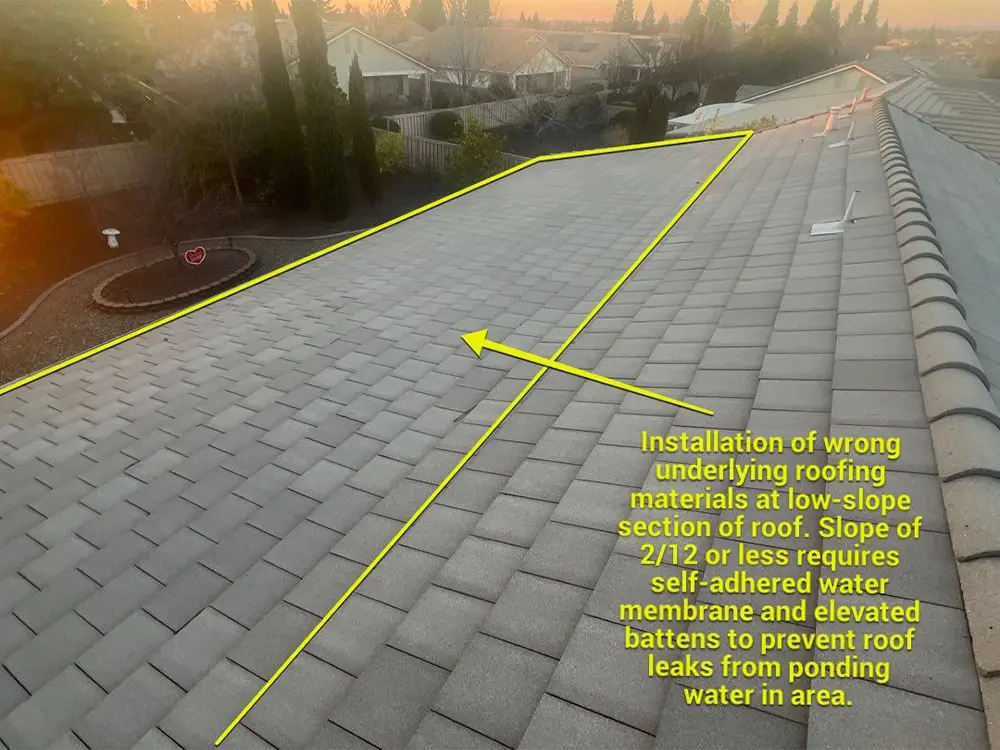
Juan Jimenez
Residential Roofing Specialist

